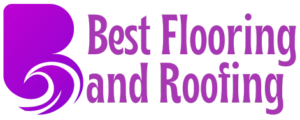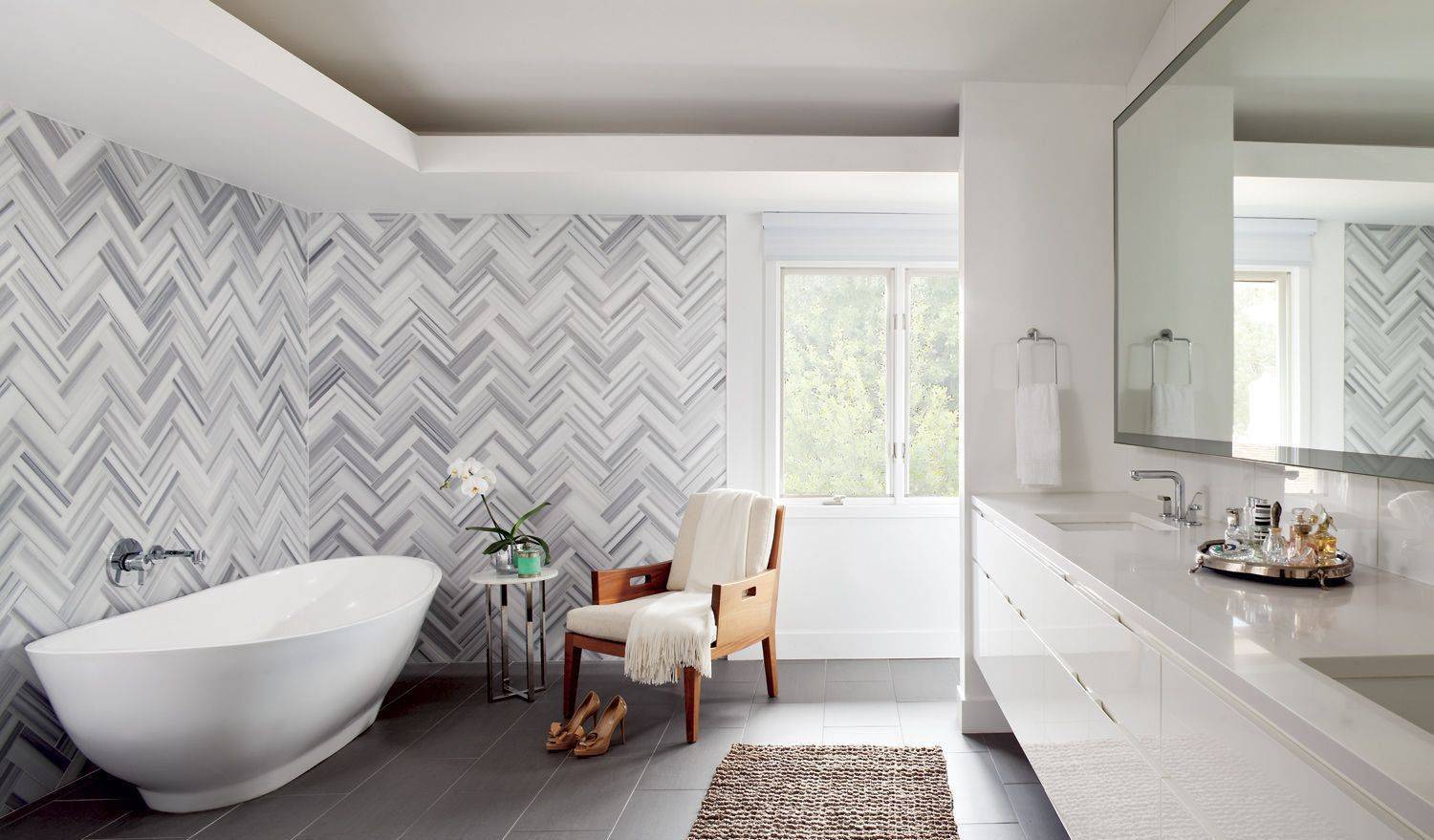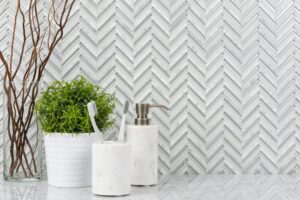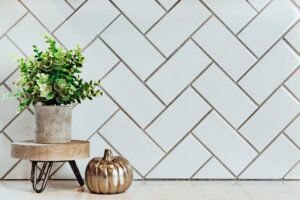The herringbone tiles pattern design comes with many textural and architectural potential for all sorts of creative thinking. It is also a sure way to manage your space within the home while maintaining the house’s focal point. Overall, one can explore each of the mentioned dynamics in this article to understand it better and use it better to one’s advantage.
Laying out the Herringbone tiles pattern
There are many ways to use the herringbone tiles, but only a few people use them to create spectacular and unique designs. For instance, do you know that you can use this subway tile patterns to cover practically any surface in your kitchen? Well, now you do. And whichever material you use, wood, marble, glass, or porcelain, you can achieve the same result if you choose the herringbone pattern. The characteristic feature of the herringbone pattern is the specific angles at which each tile is slanted against the other. This arrangement creates either an offset or a parallel. Clearly, below are some standard layouts that you may see under the herringbone tiles layout heritage.
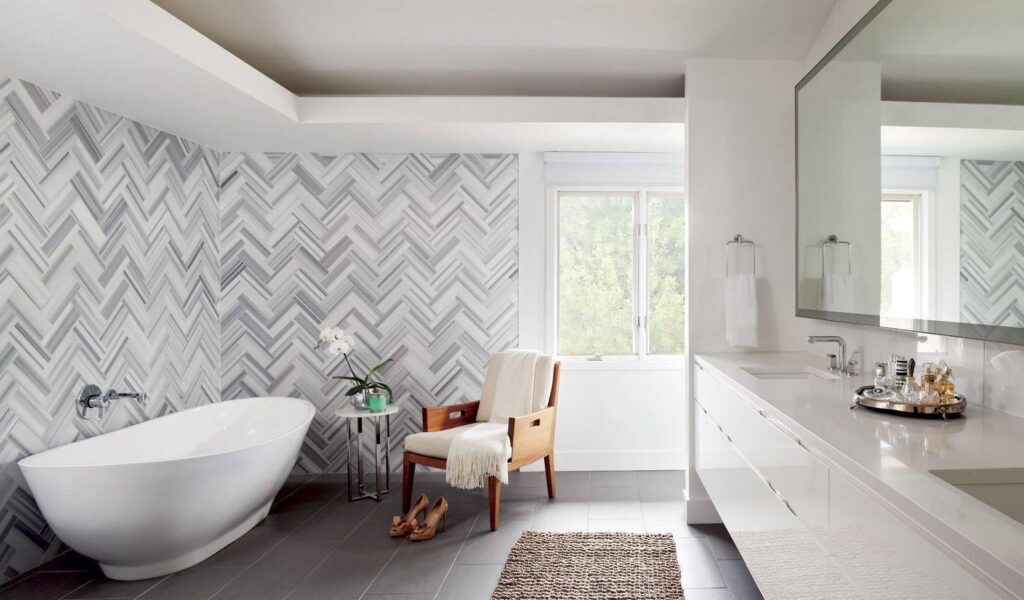
Straight herringbone pattern (90-degree)
The straight herringbone pattern has a 90-degree layout for each tile to the next one. If you like, you may think of each tile as being at a right angle to the next one on either side. Also, the field of the materials can run parallel while making the edge of the room to be their boundary edges. Remember, the herringbone tiles can serve your walls, floor, and backsplash, creating geometric progress with a modern tag.
Another way to look at it is that if you want to trace a track of the tiles touching each other, you will notice that they appear like ascending or descending stairs. And each addition becomes the next step in the movement. As we take another look at the nest of tracks, you can also see angles in a fun, progressive pattern. This way, you can follow the movement of your space in the form of drawn eye attention diagonally across the area while retaining the attention on the surface.
The herringbone pattern of laying tiles can also help make a significant statement on the floor of a room with its design. And at that point, it does not also depend on the material in use, so you can position each tile correctly to form this said pattern. The guests who look at this pattern perceive a deep V-shape but not as single parallel lines but in breakage for a more exciting look. In the end, you may successfully enhance the kitchen design for the best orientation.
Classic Herringbone
The materials are laid at a convenient 90-degree positioning, with each tile in a classic herringbone pattern. There is a slight shift to the tile-laying, and it creates a point or sends the eyes in an up-down direction. Meanwhile, the design can also appear much softer within a classic overall look. However, it has not stopped designers from enjoying the bliss that this orientation brings to their game.
Vertical or Stacked Herringbone Tiles pattern
When you finally want to shake things up, you choose this style of laying herringbone tiles. You can lead them in a vertical or stacked design, leading to a 45-degree angular shape on the side. It has its own way of showing the eyes, left to right and not up and down. The tiles are also laid end-to-end to ensure a proportional overlap as they progress. In the end, it is very close to the chevron pattern design and can really bring your kitchen a new look.

Color Proportions for Tile Texture
Apart from the proper pattern layout, the right proportions should be met on the tiles. In terms of the content, the manufacturer takes care of that. But the matter of color choices is the designer’s work to achieve the perfect overall appearance and effect in the workspace. Depending on the material you choose to use for this pattern, you can add some textural products to the space. Learn more rarest suspicion about herringbone tiles in kitchen patterns.
For instance, rectangular and parallelogram-shaped tiles are not too different from each other in terms of shape proportions. It carries a classic subway tile shape, which is less dramatic than what the herringbone tiles are capable of since they are often thinner and longer. At the same time, having more delicate tiles also indicates that what we create may look busier than we intended. Therefore, colors and necessary to break up the otherwise ‘common’ look.
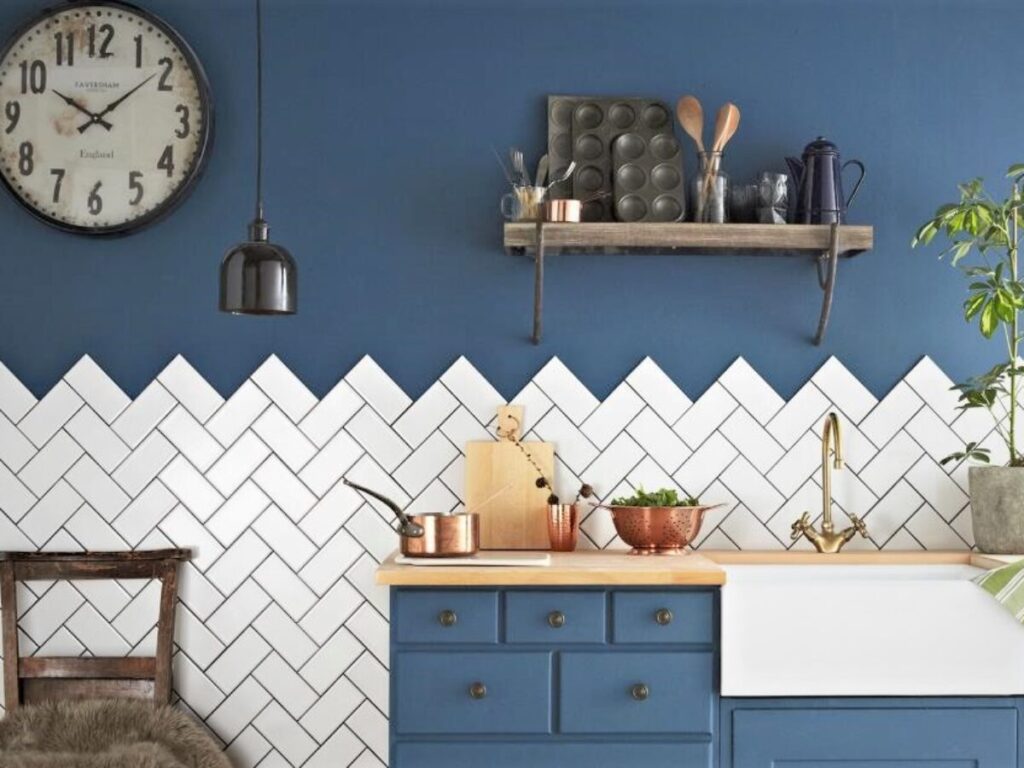
However, we must sound a note of warning here when it comes to color choices that too many bright colors have an adverse effect. In other words, if, for the sake of spicing the colors up, you continue to add bright hues of colors, it could have a detrimental effect on your overall design. One vital lesson I have learned about handling colors is that you can stick to a uniform color and then diversify with their shades. That way, it appears less disturbing.
For instance, if you decide to go bold with a uniform color such as green or blue, you have an option of doing a monochromatic color scheme to subdue the look. These dynamics can work for features like your kitchen backsplash, where you have the most freedom to diversify. In the end, you may just have created a catchy pattern design with the herringbone tiles at your disposal. Click here for free architecturally designed house plans.
Herringbone remains Number one choice for backsplash!
The above statement is no longer news among the designers because it carries no compromise. But among the homeowners who always enjoy exploring other options, herringbone is here to stay. And when it comes to the kitchen backsplash, don’t even bother to look beyond herringbone tiles. It provides the perfect opportunity to improve the personal flare your home has.
Moreover, the span of the pattern could travel beyond the backsplash to the parts where the homeowners could keep them in smaller sections. For instance, you can have them below the hanging cabinet, above the stovetop to the ceiling, and so on. What is important is that you create a focal point for the room to spark up discussions and guests to explore the design. As for the materials, you have some go-to options for herringbone
